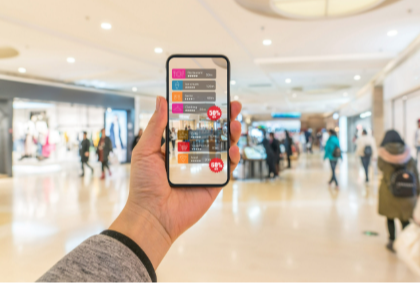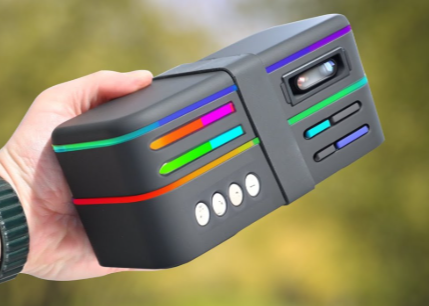Augmented reality is increasingly transforming retail experiences by integrating digital elements into the shopping process. This technology allows consumers to virtually try on products and visualize items in their own environments. Research shows that such immersive experiences lead to higher engagement and conversion rates. As retailers adopt AR solutions, the implications for brand-consumer relationships become profound. The question remains: how will these advancements redefine the future landscape of retail?
The Rise of Virtual Try-Ons
In recent years, a significant shift has occurred in the retail landscape with the advent of virtual try-ons, a technology that enhances the shopping experience by allowing consumers to visualize products in a virtual environment before making a purchase.
This innovation, often termed virtual fitting, has transformed consumer engagement by offering personalized experiences that cater to individual preferences. Data indicates that retailers utilizing virtual try-on technology have seen up to a 40% increase in conversion rates, as customers feel more confident in their selections.
Furthermore, augmented reality fosters a sense of freedom in consumer choice, enabling shoppers to experiment with various styles and options without the limitations of physical inventory.
This evolution in retail not only streamlines the buying process but also elevates brand loyalty.
Read more: Top Tech Gadgets to Watch This Year
Enhancing In-Store Experiences
While traditional retail often relies on tactile engagement and personal interaction, the integration of augmented reality (AR) is reshaping in-store experiences by creating dynamic, interactive environments that captivate consumers.
Research indicates that 70% of shoppers prefer enhanced experiences over traditional methods. AR facilitates this through interactive displays that engage customers, allowing them to visualize products in real-time.
Moreover, personalized navigation systems guide shoppers through stores, tailoring their journeys based on preferences and past behavior. This level of customization not only improves customer satisfaction but also increases dwell time, leading to heightened sales opportunities.
Bridging the Gap Between Online and Offline Shopping
As consumers increasingly shift between digital and physical shopping platforms, the need for seamless integration has never been more critical. Retailers are leveraging augmented reality (AR) to enhance digital engagement, creating immersive experiences that facilitate a fluid transition between online and offline environments.
By allowing customers to visualize products in their own space before purchase, AR enhances customer convenience, significantly reducing the uncertainty associated with online shopping. Data indicates that businesses utilizing AR report increased customer satisfaction and higher conversion rates.
This strategic fusion not only enriches the shopping experience but also cultivates brand loyalty, as consumers enjoy the freedom to shop in ways that best suit their individual preferences. Ultimately, AR is a pivotal tool in bridging the gap between these two realms.
Building Emotional Connections Through AR
Augmented reality (AR) not only enhances the shopping experience by merging online and offline realms but also plays a significant role in fostering emotional connections between brands and consumers.
By leveraging personalized interactions, brands can create tailored experiences that resonate on an individual level, significantly improving customer engagement. Research has shown that 70% of consumers are more likely to make a purchase when they feel emotionally connected to a brand.
AR facilitates immersive storytelling, allowing brands to convey their narratives in engaging and memorable ways. This deepens consumer loyalty, as they are drawn into the brand’s world rather than remaining passive observers.
Consequently, AR is not merely a technological innovation; it is a powerful tool for cultivating lasting emotional bonds between consumers and brands.
Conclusion
As augmented reality continues to reshape retail experiences, it exemplifies the adage, “Seeing is believing.” By enabling consumers to visualize products in their own environments and virtually try them on, AR not only enhances customer engagement but also solidifies brand loyalty. Data indicates that these immersive experiences drive higher conversion rates, illustrating that the integration of AR in retail is not merely a trend but a pivotal evolution that meets the modern shopper’s expectations and emotional needs.



